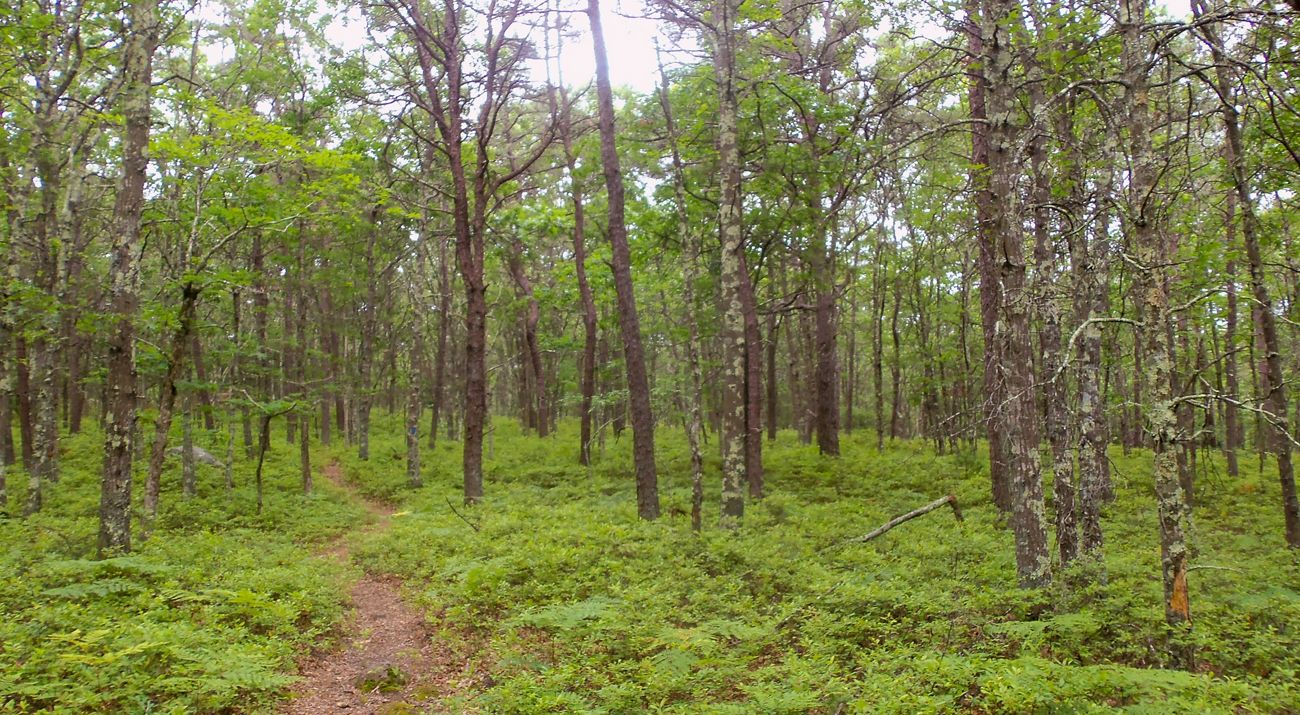Description
Why You Should Visit
The Carter Preserve is TNC’s second largest nature preserve in Rhode Island. With four interconnected loops, the preserve offers a mix of mildly rocky, up-and-down trails, plus a wide, flat path around one of the largest open grasslands in the state.
Dogs must be leashed at all times. Bowhunting for deer is permitted on portions of the preserve from September 15 to January 31. All visitors are required to wear a florescent orange hat or vest during the hunting season.
Why TNC Selected this Site
Straddling the rocky uplands of the Charlestown moraine, the Carter Preserve connects several thousand acres of contiguous forest. Together, they comprise an 11-mile corridor of protected open space, running from the Ninigret National Wildlife Refuge to the state-owned Carolina Management Area.
The Carter Preserve protects a mile-long stretch of the Wild & Scenic Pawcatuck River, and a variety of natural communities associated with it, including vernal pools, pitch pine barrens and a 60-acre open grassland.
What TNC Has Done/Is Doing
TNC established the Carter Preserve in 2001, with major contributions from The Champlin Foundation, the Cove Point Foundation and the Doris Duke Charitable Foundation. The preserve is dedicated to Francis “Frank” Carter, who led The Champlin Foundation for many years and helped build an enduring land conservation partnership with TNC and the RI Department of Environmental Management.
TNC is restoring and maintaining wildlife habitat at the Carter Preserve, to help support declining grassland and shrub-nesting birds like grasshopper sparrows, prairie warblers, blue-winged warblers and American kestrels.
Volunteers
Volunteers assist with ongoing stewardship projects including trail maintenance, preserve monitoring and treatment of invasive plants. If you would like to become a Friend of the Carter Preserve, please contact Jeanne Cooper at jeanne.cooper@tnc.org.
